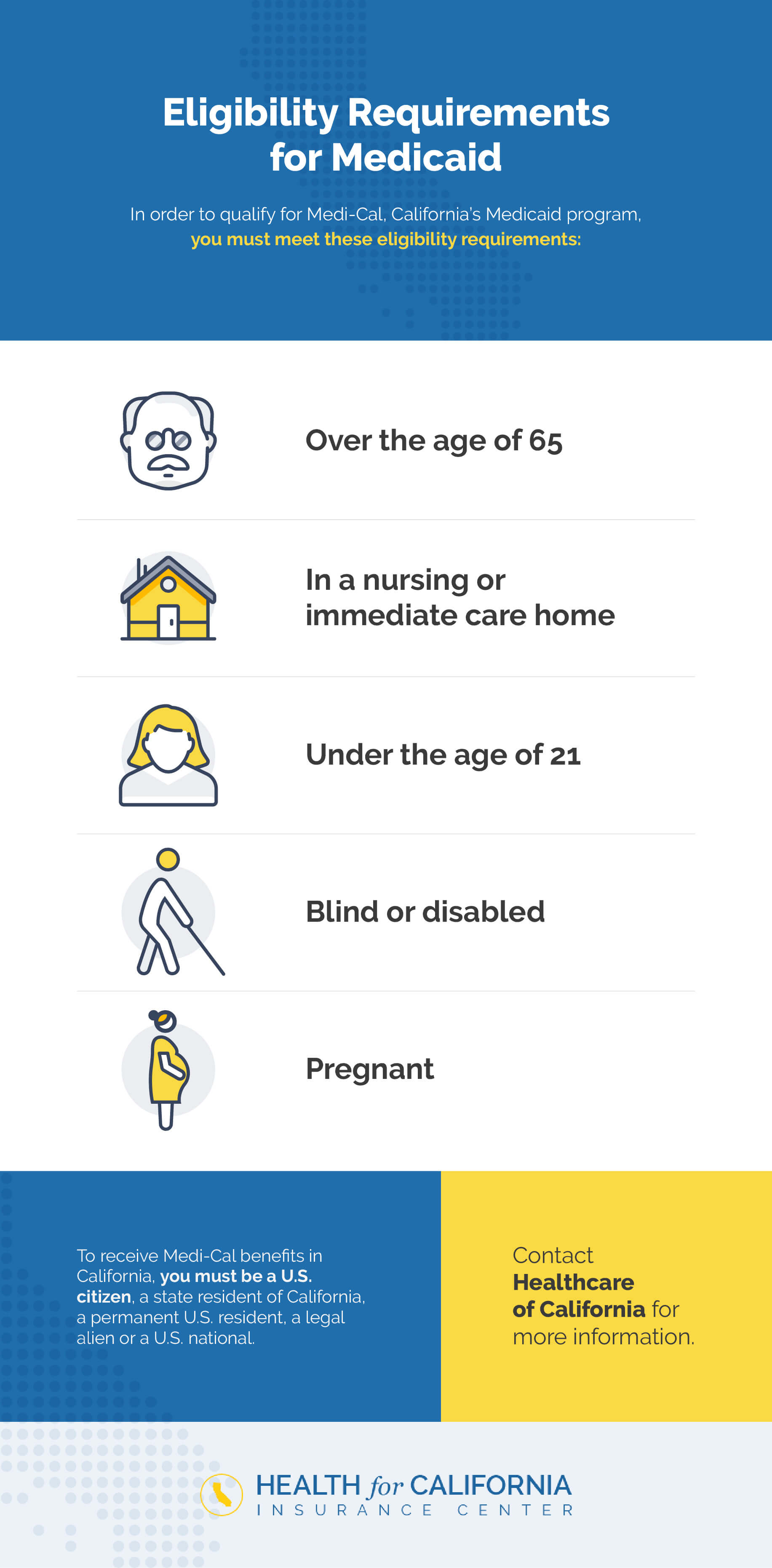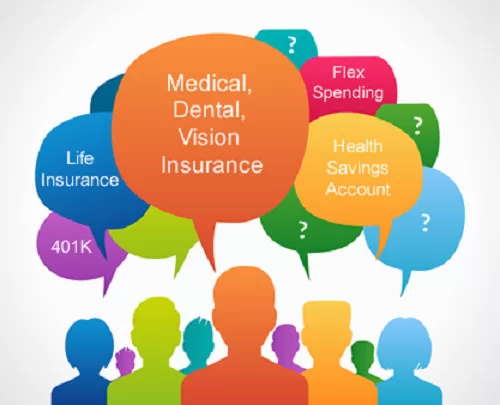Little Known Questions About Medicare Advantage Agent.
Wiki Article
Medicare Advantage Agent - An Overview
Table of ContentsExcitement About Medicare Advantage AgentSee This Report on Medicare Advantage AgentSome Ideas on Medicare Advantage Agent You Should Know

complies with from confusing the fairly young age account of the uninsured with the better health and wellness, generally, of younger persons. This covers the link in between health and wellness status and health and wellness insurance policy. For those without accessibility to work environment medical insurance, poor health is a potential obstacle to buying nongroup coverage due to the fact that such protection may be very valued, exclude pre-existing conditions, or be just not available. The number of without insurance Americans is not especially big and has actually not altered in the last few years. Seven out of ten respondents in a nationally depictive study assumed that fewer Americans did not have wellness insurance than actually do(Fronstin, 1998). Approximately fifty percent(47 percent )believed that the number of people without health and wellness insurance coverage lowered or continued to be consistent over the latter half of the last years(Blendon et al., 1999). This drop of practically 2 million in the variety of people 'without insurance policy (a reduction
of around 4 percent)is certainly a favorable adjustment. With a softer economy in 2000 the most recent reported gains in insurance policy coverage may not proceed(Fronstin, 2001 ). The decrease in the number of without insurance will certainly not continue if the economy remains slow-moving and wellness treatment expenses remain to outpace inflation. This is because the information were accumulated for a duration of solid financial performance. Of the approximated 42 million people that were uninsured, almost regarding 420,000(regarding 1 percent)were under 65 years of age, the age at which most Americans end up being qualified for Medicare; 32 million were grownups between ages 18 and 65, around 19 percent of all adults in this age group; and 10 million were children under 18 years of age, regarding 13.9 percent of all children (Mills, 2000). These price quotes of the variety of persons without insurance are produced from the annual March Supplement to the Current Populace Survey (CPS), conducted by the Demographics Bureau. Unless or else kept in mind, national price quotes of individuals without health insurance coverage and percentages of the population with various kinds of insurance coverage are based on the CPS, one of the most widely utilized source of price quotes of insurance protection and uninsurance rates. These surveys and the quotes they produce are defined briefly in Table B. 1 in Appendix B - Medicare Advantage Agent. These studies vary in size and sampling approaches, the questions that are asked regarding insurance
Facts About Medicare Advantage Agent Revealed
protection, and the moment period over which insurance protection or uninsurance is measured(Lewis et al., 1998, Fronstin, 2000a ). Still, the CPS is especially beneficial since it produces yearly price quotes relatively swiftly, reporting the previous year's insurance policy protection approximates each September, and because it is the basis for a regular collection of quotes for greater than 20 years, permitting analysis of trends in insurance coverage with time.
Unknown Facts About Medicare Advantage Agent
Over a three-year period starting early in 1993, 72 million individuals, 29 percent of the united state population, were without insurance coverage for at least one month. Within a single year(1994), 53 million individuals experienced at the very least a month without insurance coverage(Bennefield, 1998a). Six out of every 10 without insurance grownups are themselves utilized. Although working does enhance the likelihood that one and one's household members will have insurance coverage, it is not a warranty. Even members of households with 2 full-time breadwinner have nearly a one-in-ten chance of being without insurance (9.1 percent without insurance rate)(Hoffman and Pohl, 2000 ). The connection in between health insurance coverage and access to care is well established, as documented later on in this chapter. The partnership between wellness insurance coverage and health and wellness end results is neither straight nor basic, a comprehensive professional and health services research literary works links wellness insurance policy coverage to improved access accessibility care, better qualityTop quality and improved personal individual population populace health and wellnessCondition The 2nd report, on personal health end results for uninsured grownups, is stood for by the inner circle of the number, while the 3rd dig this report, on family well-being, encompasses the topics of the 2nd record however highlights a various unit of evaluation, namely, the family. The sixth record in the collection will certainly offer info regarding approaches and campaigns carried out locally, statewide, or country wide to deal with the absence of insurance policy and its negative influences. Levels of analysis for checking out the impacts of uninsurance. This discussion of medical insurance protection focuses mostly on the united state populace under age 65 because essentially all Americans 65 and older have Medicare or other public insurance coverage.
Furthermore, it concentrates especially on those with no health and wellness insurance policy for any size of time. The issues encountered by the underinsured remain in some respects similar to those dealt with by the uninsured, although they are generally much less serious. Uninsurance and underinsurance, nevertheless, include noticeably various plan issues, and the techniques for addressing them may differ. Throughout this study and the five reports to follow, the primary focus is on individuals with no medical insurance and hence no support in paying for healthcare beyond what is available via charity and safeguard institutions. Wellness insurance is a powerful variable impacting invoice of treatment due to the fact that both people and doctors react to the out-of-pocket price of services. Medical insurance, however, is neither necessary neither adequate to access to clinical services. However, the independent and direct result of health insurance policy protection on accessibility to health solutions is well established. Others will certainly obtain the health treatment they require also without health insurance coverage, by spending for it out of pocket or seeking it from providers that offer care complimentary or at highly subsidized rates. For still others, wellness insurance alone does not ensure invoice of care because of other nonfinancial barriers, such as a lack of health treatment carriers in their community, minimal accessibility to transportation, illiteracy, or etymological and cultural distinctions. Official research regarding uninsured populations in the United States dates to the late 1920s and early 1930s when the Committee on the Expense of Medical Treatment produced a series of reports regarding funding physician office gos to and hospitalizations. This concern came to be significant as the varieties of medically indigent climbed throughout the Great Depression. Empirical research studies regularly support the link between accessibility to care and enhanced health and wellness results(Bindman et al., 1995; Starfield, 1995 ). Having a regular source of care can be considered a predictor of gain access to, instead of a direct action of it, when wellness results are themselves utilized as access indicators. This extension of the idea of gain access to measurement was made by the IOM Board on Keeping Track Of Accessibility to Personal Healthcare Services(Millman, 1993, p. Whether parents are insured shows up to influence he said whether their kids obtain treatment in addition to just how much careeven if the kids themselves have protection(Hanson, 1998). The health and wellness of moms and dads can impact their capability to take care of their children and the degree of household stress. Bothering with their kids's accessibility to care is itself a resource of stress and anxiety this content for moms and dads. 3 phases adhere to in this report. Chapter 2 supplies an overview of exactly how employment-based health and wellness insurance coverage, public programs and individual insurance policy policies run and connect to offer considerable however incomplete insurance coverage of the U.S. population. This consists of an evaluation of historic fads and public plans affecting both public and personal insurance, a discussion of the interactions among the different kinds of insurance coverage, and an exam of why people relocate from one program to one more or finish up

Report this wiki page